The Must-See Outdoor Art Installations of 2020
Janet Echelman, Yayoi Kusama and Dale Chihuly are just a few of the artists making massive sculptures for the year ahead
:focal(552x285:553x286)/https://tf-cmsv2-smithsonianmag-media.s3.amazonaws.com/filer/ec/b7/ecb7f09b-1b68-4d11-b919-c0f7f496bed3/mad_echelman_photojoaoferrand_01a7166_cc.jpg)
Last September, the Smithsonian’s Hirshhorn Museum underwent a makeover of epic proportions when Korean artist Lee Ufan installed ten site-specific sculptures around the cylindrical building's exterior. On display through September 13, 2020, “Lee Ufan: Open Dimensions” gives visitors the opportunity to experience sleek steel and stone artworks that blend seamlessly into the museum’s 4.3-acre site beside the National Mall.
That’s not the only outdoor art gracing the Smithsonian campus. Since May, bright, storybook-like houses and giant dragonflies, grasshoppers and nests have spread among the museum properties. All 14 installations are part of an exhibition organized by the Smithsonian Gardens that explores a central theme: “protecting habitats protects life.”
And there’s more to come. Starting this May, two public artworks—Monument by New York City-based artist Maren Hassinger and Marker by Washington, D.C.-based artist Rania Hassan—will be installed along D.C.’s Connecticut Avenue. Both pieces explore the history of women in public and private life, and are part of an effort by the Smithsonian Institution and the Golden Triangle Business Improvement District to extend the Smithsonian’s American Women’s History Initiative into the city’s streets.
All of this excitement on our home turf has us anticipating a number of big, bold art installations beyond the Smithsonian. From Janet Echelman’s massive web-like weavings, which are large enough to cover entire buildings and city blocks, to the 60-year-in-the-making idea by the artist Christo and his now deceased collaborator Jeanne-Claude to shroud the Paris' iconic Arc de Triomphe in cloth, the outdoor sculpture scene for the year ahead proves that the sky is truly the limit.
"Kusama: Cosmic Nature," New York City
/https://tf-cmsv2-smithsonianmag-media.s3.amazonaws.com/filer/c2/f8/c2f80b55-9fb8-4799-8b80-c7e9da5629af/nybg_flowerobssesion_kusama_light.jpg)
Growing up, Yayoi Kusama lived on her family’s nursery and seed farm in Japan, where she roamed the open fields bursting with flowers and explored the property’s greenhouses. Over the years the natural world would become a reoccurring theme in the now 90-year-old contemporary artist’s sculptures and paintings. So it should come as no surprise that the venue for her latest solo exhibition would be the New York Botanical Garden in New York City. Opening May 9, “Kusama: Cosmic Nature” is a “multisensory presentation” that will include the debut of two new sculptures, Dancing Pumpkin (2020), a 16-foot-tall sculpture, and I Want to Fly the Universe (2020), a 13-foot-tall "biomorphic form with a yellow face and polka dots," as well as Flower Obsession (2020), an interactive piece where museumgoers can stick flowers on walls to create a collaborative masterpiece. Also on display: her popular Infinity Mirror Room. The show comes on the heels of her "One with the Eternity: Yayoi Kusama in the Hirshhorn Collection" exhibition—a tribute to the artist's seven-decade career—that opens April 4 at the Hirshhorn Museum and Sculpture Garden in Washington, D.C.
L’Arc de Triomphe, Wrapped, Paris
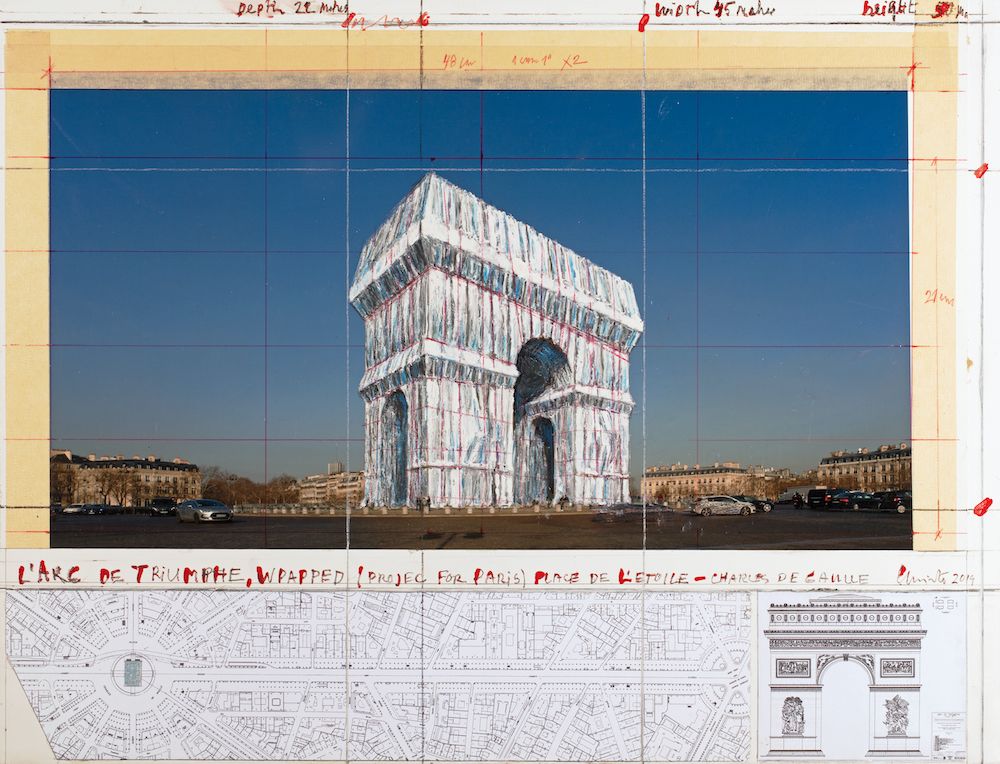
In 1962, design duo Christo and Jeanne-Claude imagined a project of epic proportions: wrapping Paris’ famed Arc de Triomphe from top to bottom in fabric. Over the years, the renowned artists revisited the idea again and again, creating dozens of sketches of their larger-than-life project. Unfortunately, in 2009, Jeanne-Claude died and the project was scrapped—that is until now. This September, nearly 60 years later, Christo will finally bring their design to life by wrapping the 162-foot-tall, 150-foot wide structure in 269,000 square feet of silvery-blue recyclable polypropylene fabric and tying it up with 22,965 feet of red rope.
The Girl Puzzle, New York City
/https://tf-cmsv2-smithsonianmag-media.s3.amazonaws.com/filer/82/5b/825b8b4b-652f-4070-8b66-a44a4c2ce591/01_girl_puzzle_entrance_view.jpg)
Journalist Nellie Bly made a name for herself when she went undercover posing as a patient at the women's asylum on Blackwell’s Island (now Roosevelt Island) in New York City. Her reporting for the New York World pulled back the curtain on the atrocities and abuse that patients endured there, and by 1887 her reportage became a book called Ten Days in a Mad-House. Now, 130 years later, Bly’s work is being commemorated with the unveiling of The Girl Puzzle, a sculptural installation by artist Amanda Matthews of Prometheus Art. Appropriately situated on Roosevelt Island, the series will debut this summer and will feature five seven-foot tall female faces, including one representative of Bly. According to the artist’s statement, each bronze-cast piece “shows the depth of emotion and complexity of being broken and repaired,” a challenge that Bly overcame at the asylum.
Janet Echelman’s net installations, multiple locations
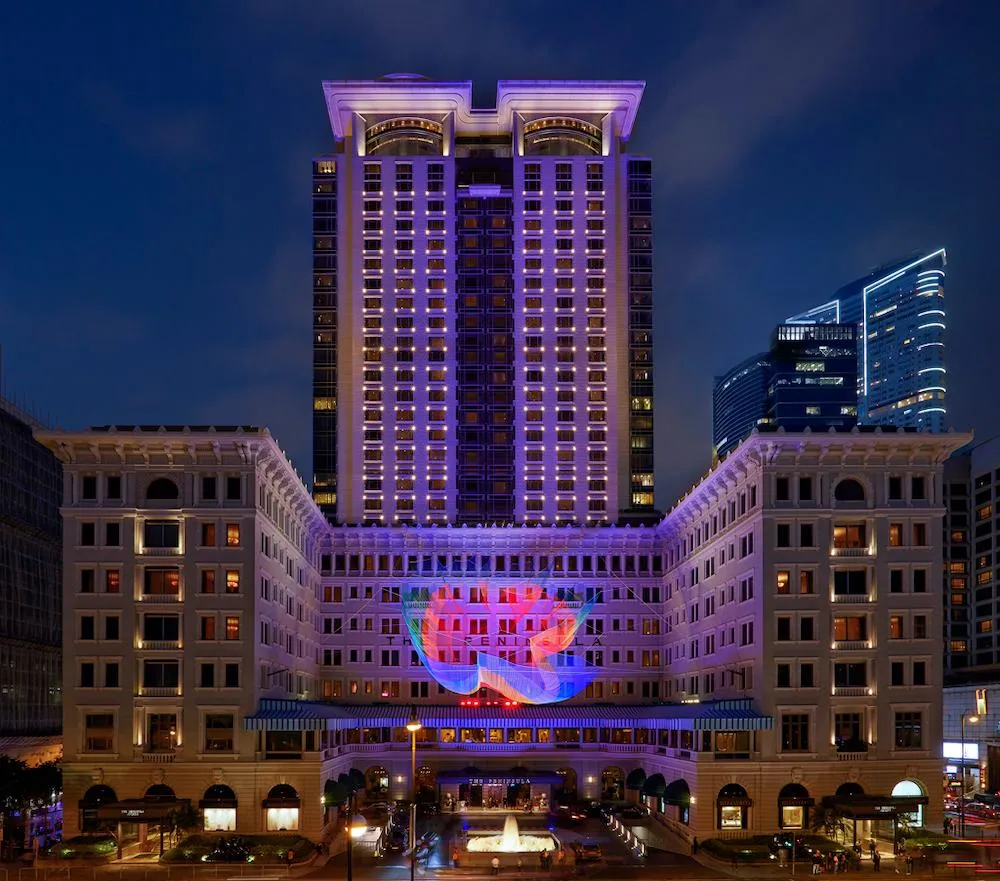
With each passing second, artist Janet Echelman’s massive installations transform based on a site’s wind speed and direction and the natural light. Using engineered fibers, which she weaves together masterfully to make colorful netting, Echelman, who was awarded a Smithsonian American Ingenuity Award in 2014, marries the ancient craft of weaving with modern-day computer design software to create works that are large enough to cover entire buildings and city blocks. For 2020, she has announced a multitude of installations that will be debuting around the world, including Earthtime 1.26 (D.C.) at the By the People Festival, Washington, D.C. (June 12 through 28); Noli Timere at the Palazzo del Senato in Milan, Italy (April 20 through 27) and Los Angeles (October 2020 through March 2021); and 1.78 (Helsinki) at the Helsinki Biennial (August 2020) in Helsinki, Finland. Though indoors, Echelman's 1.8 Renwick will hang in the Smithsonian's Renwick Gallery in Washington, D.C. from April 3 to August 14, 2022.
"Chihuly at Cheekwood," Nashville, Tennessee
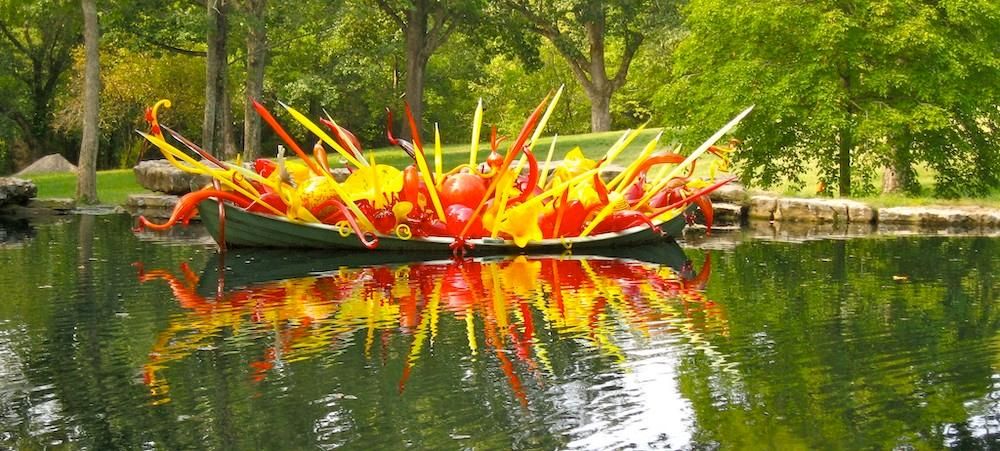
Dale Chihuly has made a name for himself for his intricately designed tangles of glass, which have been displayed at world-class museums and important cultural sites around the world, from Iceland and Italy to Australia and Brazil. For his latest exhibition, the Seattle-based artist is sticking a little closer to home with "Chihuly at Cheekwood." Opening April 25, the exhibition celebrates the 60th anniversary of Cheekwood, an estate dating back to the 1930s that’s surrounded by 55 acres of gardens, and will feature a variety of large-scale glass installations, including two new site-specific pieces. The exhibition also looks back on Chihuly’s first show at Cheekwood, which took place a decade ago in 2010.
Winter Stations, Toronto, Canada

Since 2014, Winter Stations, an international design competition and exhibition, has become the local art community’s ticket to getting through the winter doldrums. To be held at the city’s Woodbine Beach from February 17 through March 30, the annual exhibition will feature installations created by artists from around the world who have been selected to find innovative ways to alter the beach’s unused lifeguard stations into works of art. Winning entries for 2020 include Noodle Feed by iheartblob, an art collective from Vienna, Austria, that uses recycled sailcloth to create interactive tunnels or “noodles,” and Mirage, a piece by Christina Vega and Pablo Losa Fontangordo of Madrid, Spain, that mimics the sun either rising or setting, depending on viewers’ vantage points.
Wrought, Knit, Labors, Legacies, Alexandria, Virginia
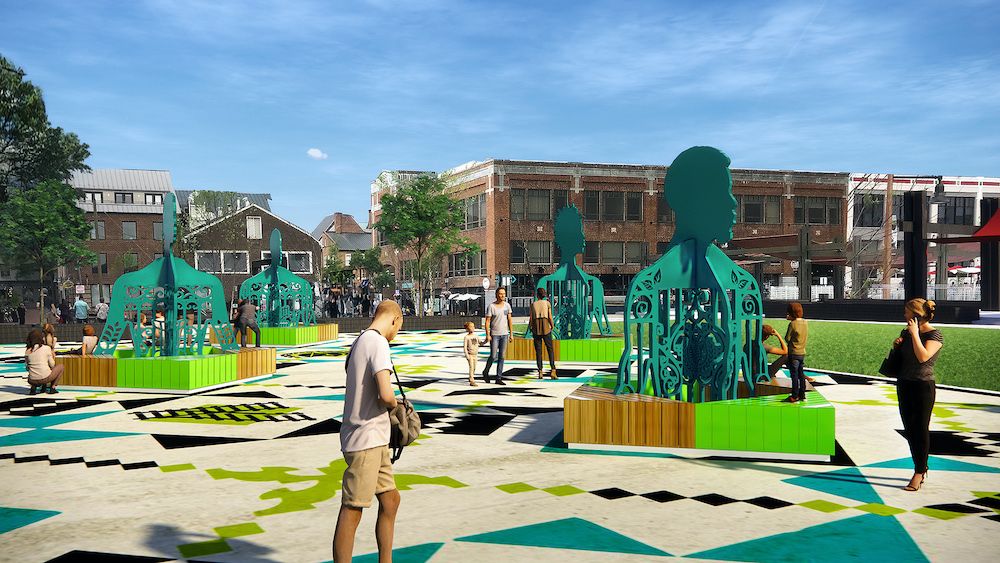
The work of artist and designer Olalekan Jeyifous, Wrought, Knit, Labors, Legacies is the second installation to be featured as part of Alexandria’s "Site See: New Views in Old Town," an annual public art series. For his site-specific installation, Jeyifous examined Alexandria’s African-American history in relation to its time as an industrial heavyweight, serving as not only a major port city but also home to Franklin and Armfield, the largest domestic slave-trading firm in the nation at the time. Weaving together the city’s storied—and infamous—history, Jeyifous created a series of large-scale faces in profile adorned with symbols nodding to the local industry, such as factories, tobacco warehouses and railways. The piece will run from late March to November.
Denis Augé’s stone sculptures, Aveyron, France
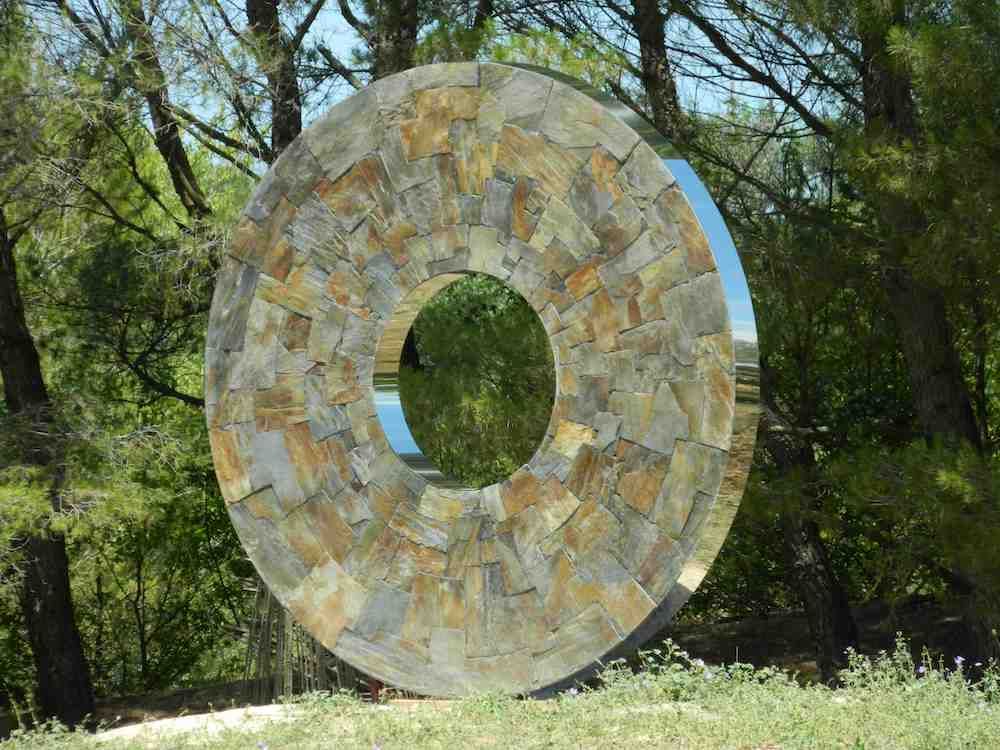
Denis Augé describes himself as a “stone charmer,” and with one look at his creations, it’s easy to see why. Augé has dedicated his career to the art of masonry, taking stones and assembling them into large-scale structures in which he purposely leaves behind empty spaces in each piece to allow the transference of light, creating a juxtaposition of light and dark that changes depending on the location of the sun. For his latest exhibition, the self-taught French artist has created five pieces that will be unveiled at Château de Belcastel on April 2 that explore "the relationship between architectural forms and bold contemporary vision.”
Swell Sculpture Festival, Queensland, Australia
/https://tf-cmsv2-smithsonianmag-media.s3.amazonaws.com/filer/30/10/3010606e-da67-4bef-aaf1-2aa518468b40/hand_in_the_sand_-_karl_meyer_2_-_pbr_images_swell.jpg)
It’s been 17 years since the first Swell Sculpture Festival took place. The idea behind it was simple: Create a free art experience that is open to everyone. Now, nearly two decades later, the festival has swelled from being an exhibition featuring 23 sculptures attended by 6,000 people to a massive multi-day event that last year lured a crowd of approximately 265,000 viewers from around the world. Highlights of the 2019 festival included artist Karl Meyer's Hand in the Sand, which resembled a giant's fingertips breaking through the earth, and Jaco Roeloffs' Superegg, a nearly 7-foot tall work that looks like it's covered in gemstones but in reality is bejeweled in 3,000 used coffee pods. While artists' applications are still being accepted for the 2020 event at Currumbin Beach, Gold Coast, Queensland, Australia (September 11 through 20), if the previous festivals are any indication, this one will be larger than life.